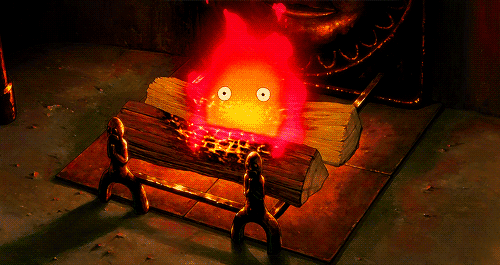Path to Pub is an ongoing feature in WBP where we talk about each step to publication and beyond. From idea to drafting to book deal!
I volunteered to write this post because I haven’t drafted a book in a long time, and you always love the step of the writing process you’re NOT on. So, here we go, fond memories of drafting:
Disclaimer: Everyone’s drafting process is unique. Feel free to collaborate with this post and offer your own suggestions for drafting in the comments below!
You’re finally ready to write that novel that you’ve been plotting for YEARS AND YEARS…or had a dream about the night before. You have your outline…or not. You have your characters…or not. Honestly, anyone can draft anywhere, anytime. Since I personally can never start a book without something, whether it’s concept, character, setting, scene, or plot, this post will assume that you have: a starting point or a SPARK!

7 Tips for Drafting
1. Word vomit is everything
Write as much as you can without self-editing. My first drafts are literally single-spaced pages of writing with no indents. (I actually do this for psychological reasons because when I’m ready to revise, I want to look at the work more critically, and so that when’s I double-space lines that I think are strong enough to go into a second draft. Maybe this is the MLA format student in me. When a book is double-spaced, it’s serious. When a book is single-spaced, it’s fun!) Remember…
2. Your first reader is you
No one has to see your first draft. It can be filled with {input description here inserts}, dialogue without tags, random POV switches, random summaries of what’s supposed to happen in the scene, random comments to yourself, {insert links to Pinterest for character inspiration}, “KISSES GO HERE.”
3. Be willing to write your heart trash
Most of my favorite scenes in REBEL SEOUL originated in the first draft because this is when you write – what we like to call over here at Writer’s Block Party – your heart trash. This is when you write that flirty banter, or sometimes more delicious, that angsty banter; that climactic moment that makes your heart race; those gorgeous, dreamy sequences that probably don’t make any sense, yet are super fun to write; and if you’re Kat, those moments when your MC almost dies.
4. Write out of order
Don’t feel pressured to write in order. If you’re writing a scene, and you’re inspired to write a moment that comes later in the book, open a new doc and write that scene! If you’re not creatively inclined to write it, summarize it! I have a doc that’s just called [MC] LOVES [MC] and it’s just filled with angsty one-liners that my love interest says to my protagonist. Sometimes I open it up just to swoon.
5. Let yourself go off script
If you’re a plotter, let your characters reveal themselves to you. Let them surprise you. If one character wants to go flirt with another, let them! If one character wants to punch another, let them! First drafts are about discovery. Honestly, you don’t even know what your book is even about until you finish a first draft. Maybe you thought it was about “true love” with a prince/ss but actually it’s about “true self love.” Don’t be afraid to change your outline.
On that note…
6. Outline as you write
Wait, but this is the opposite advice you just gave! If you’re a pantser, give your story some direction. Trust me, this will help later in revisions. In fact, I consider myself a hybrid plotter/pantser. I begin with a general beginning – some scenes in the middle that I want to get to – and an end. As I write, I connect the scenes, while also adding in plot elements as I go. I re-write my outline at least 10 or more times when I’m drafting because the story changes, and so does what I want from the story.
7. Lastly, don’t concentrate on word count, concentrate on completing your story
Thank you to Kat for this great advice. Kat writes heavy drafts, so her first drafts tend to go over 100k. I write light drafts, so mine tend to land somewhere under 80k. Your first draft is complete when you feel like your story is complete, whether that takes 80k or 100k, it doesn’t matter. You’ll know it when you’re finished – you’ll feel it in your fingers, you’ll feel it in your toes!!!
And remember, don’t forget to reward yourself or at least make an aesthetic to post on twitter.

Love,
Heart Trash

2 thoughts on “Path to Pub: Drafting”